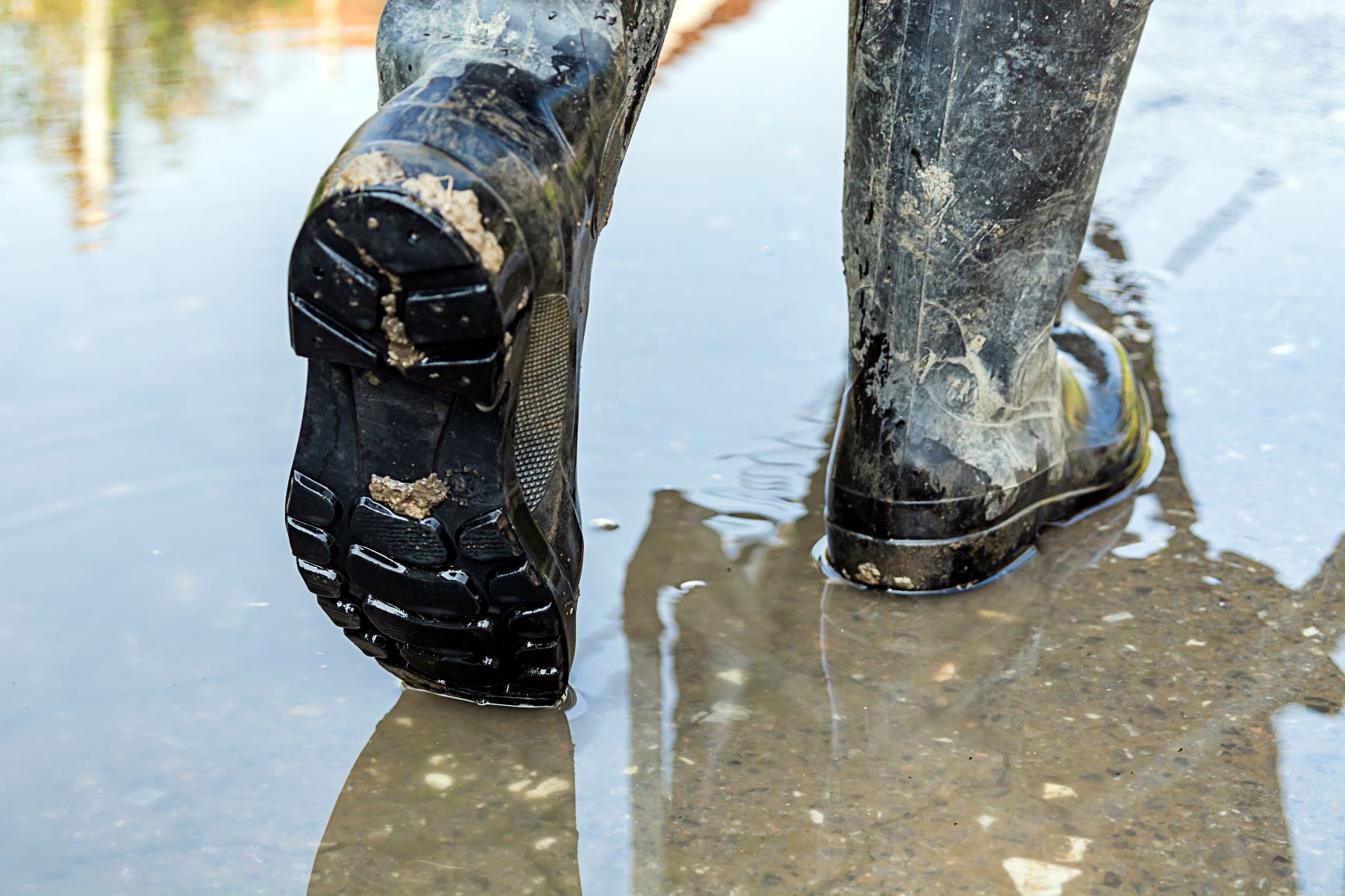Let’s talk about the real causes of the housing crisis
CPRE London supports house building. But, solving the housing crisis isn’t just about building more homes. And building in the Green Belt is the worst possible option for London: it means losing countryside; creating high-carbon, car-dependent, unhealthy sprawl. It means inner-city regeneration opportunities are missed, and we fail to tackle the housing crisis.
Green Belt is land around cities protected from development to halt urban sprawl and incentivise regeneration of already built-up areas. UK developers and politicians say the Green Belt ‘constraint’ is hampering efforts to tackle the housing crisis. They claim the only way to tackle the crisis is to build new homes. And that there isn’t enough land to build these within our towns and cities. But these claims do not hold up to scrutiny.
‘Crippling’ costs and short supply of social housing
To start with, this defines the crisis, wrongly, as being exclusively about the quantity of homes available. But (and leaving aside the fact we have 1.5 million more dwellings than households), the crisis is actually about the cripplingly high cost of buying or renting a home and the short supply of social housing. More than 320,000 households are on waiting lists for social housing in the capital.
Dig a little deeper and you get the argument that increasing housing supply brings prices down. But this logic doesn’t work if demand stays high (and, indeed, fuelled by low interest rates; foreign or domestic investment seeking return; and public subsidies like the Help to Buy scheme or Stamp Duty discounts). And, in any event, housing markets are much more complex. Supply doesn’t tackle tenure or distribution issues. Housing markets across the world are usually highly regulated for this reason. The ‘build more homes’ approach on its own has failed. The crisis has now reached epic proportions with 100 councils attending an emergency summit, as long ago as November 2023, as they faced bankruptcy over soaring demand for temporary accommodation. Meanwhile, spiralling rents and mortgage payments eat up wages, leaving many in inescapable poverty.
Relying on private housebuilding to deliver a proportion of affordable homes isn’t working. And when built on Green Belt, it’s hopeless: new infrastructure is needed for power, water and transport so there’s no money left for affordable housing. ‘New towns’ have suffered the same problem.
Margin over volume
Leaving aside affordability issues, what about claims that we don’t have enough land to build new homes? London Councils highlights the pipeline of 283,000 potential new homes already granted planning permission in London and waiting to be built. Councils have also allocated many more sites for housing development than can ever be built out in the next twenty years. Land supply (and indeed ‘the planning system’) is very clearly not the problem.
Allocating more and more land just means developers have a choice of sites. They continue to drip feed the market, openly stating they prioritise margin over volume.
And London Councils have pointed to the need to look at the wider challenges undermining housebuilding, such as ‘lack of crucial local infrastructure, construction skills shortages, and insufficient long-term funding for developing affordable homes‘.
Green Belt needed for people, nature, and climate
What about the claim that much of the Green Belt is worthless ‘grey belt’? Green Belt is often portrayed as unattractive ‘scrub land’, an argument used to say it is worthless and should be developed. But national planning policy states: ‘Once Green Belts have been defined, local planning authorities should plan positively to enhance their beneficial use.’ And Green Belt is increasingly needed to plant forests, help manage rainfall, moderate the urban heat island effect, provide habitat to address species decline, grow food locally to cities, and provide space for recreation and sport on the urban fringe.
The reality is, talking about building on Green Belt as a means to solving the housing crisis is a red herring, a distraction.
What will solve the housing crisis?
If just building more homes, particularly on Green Belt, won’t solve the crisis, what will? Start with the real causes of the crisis: the selling-off of social housing under ‘Right to Buy’; the failure to replace social housing; the fuelling of house price rises; the failure to regulate the private rented sector.
The government has suggested reducing the ‘Right to Buy’ discount, and protecting new-build council homes in England from sale under the scheme. But should we in fact end Right to Buy, like Scotland did in 2016 and Wales in 2019? The Chartered Institute of Housing called the policy a strategic failure which has led to the loss of over 300,000 council homes in London with only a small proportion replaced.
Should we introduce rent caps? Or stop fuelling house prices with public subsidies and low interest rates? Should we tackle the financialisation of housing by curtailing foreign investment in housing and heavily taxing empty properties? Should councils have better access to finance to build new social housing? Should we actually ‘level up’ between the north and south of the country to take the heat out of house prices in the south? Should we take further action to bring empty homes into use? Should we reform the current land value capture mechanisms like S106 and Community Infrastructure Levy? (find out more about these here).
Probably some of these might actually help. But building on Green Belt will not.
About the author
Alice Roberts is Head of Campaigns at CPRE London. This blog is an updated version of an article published in BDonline on 17 November 2023. In June 2024, CPRE London and Just Space co-wrote and published an Action Plan for the Housing Crisis.







